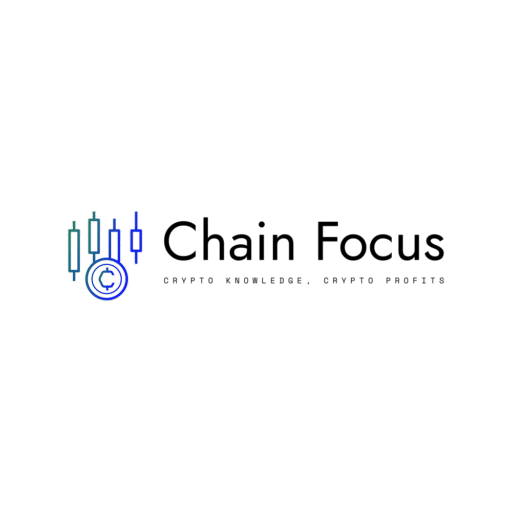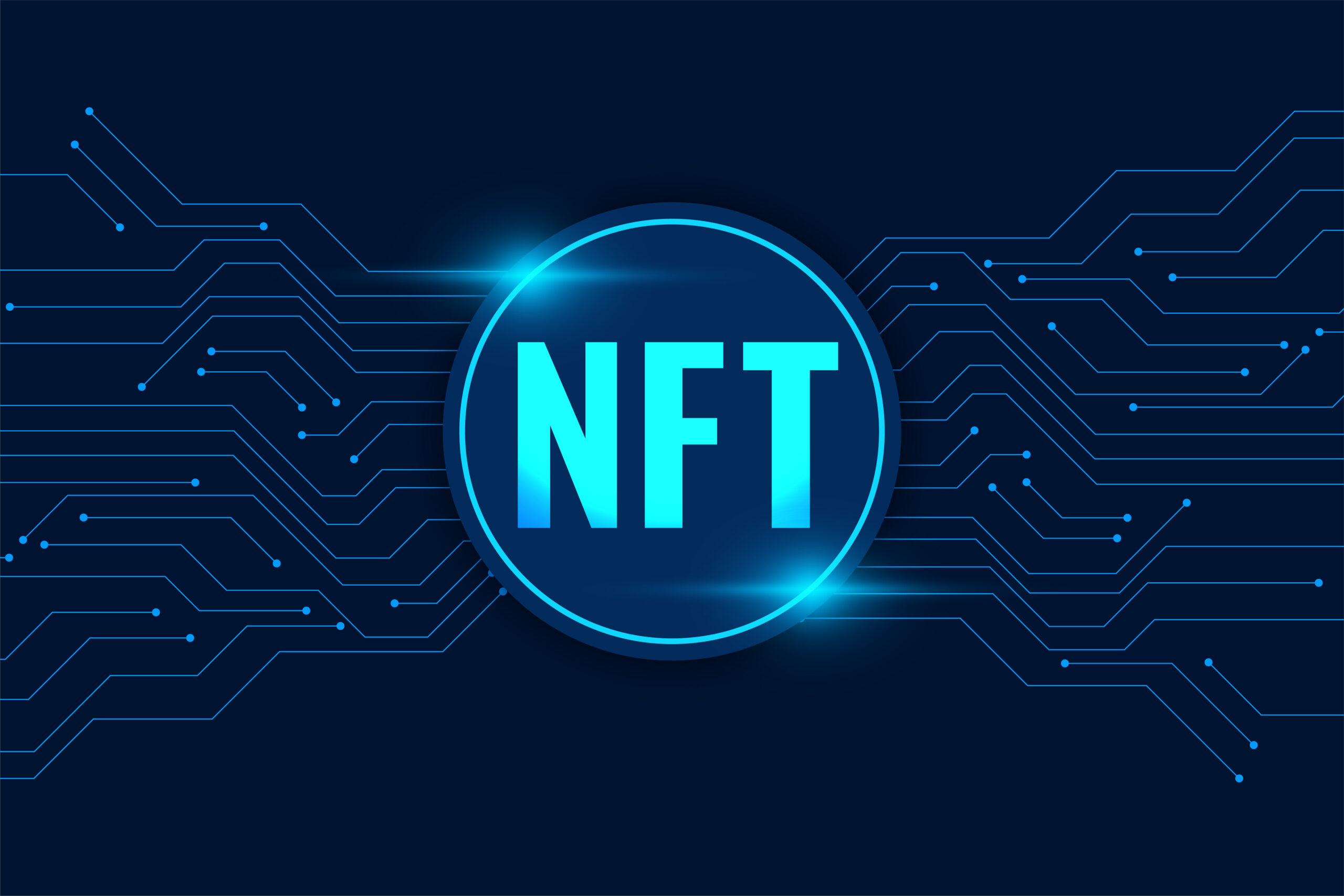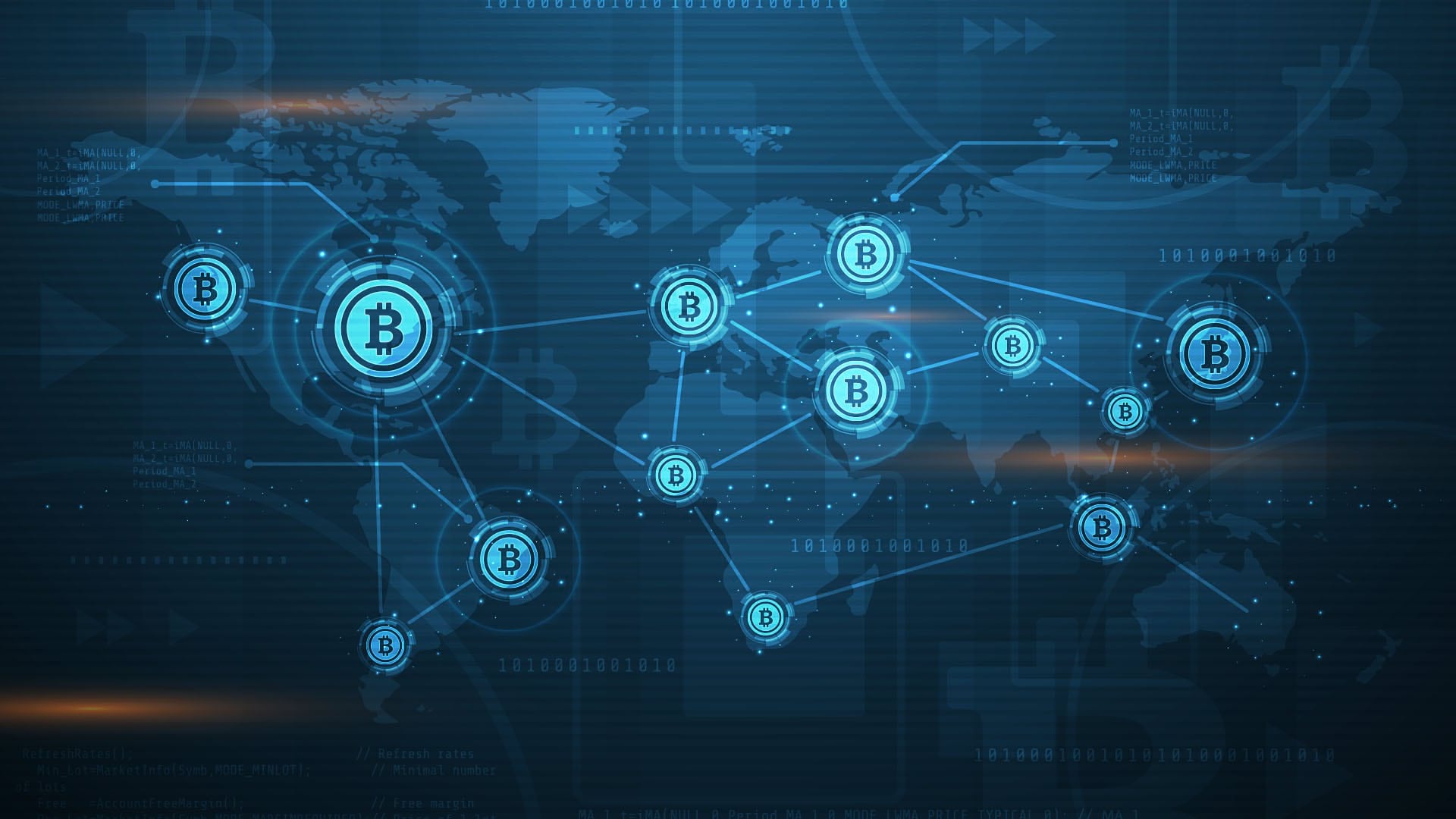You might own a Mona Lisa on the blockchain. But what rights do you really get? The answer isn’t simple.
Non-fungible tokens, or NFTs, have exploded onto the digital scene, grabbing headlines and wallets alike. But what exactly are these digital oddities everyone’s buzzing about? Simply put, NFTs are unique tokens on a blockchain that prove you own something digital—and no, they’re not just fancy images you can screenshot.
“An NFT is a digital certificate of ownership that cannot be duplicated or faked.” —CoinDesk
Unlike Bitcoin or Ethereum, which are fungible—you can swap one Bitcoin for another, and it’s the same—NFTs are one of a kind. Each token has a unique identifier making it impossible to replace with something else. This is why NFTs are perfect for digital art, collectibles, and gaming assets.
Think of NFTs as digital proof that you own an original item on the internet. It’s like owning the Mona Lisa, but the original exists on a blockchain ledger, rather than in a museum. But instead of paper or canvas, ownership is recorded in lines of code.
So how does this whole thing happen? It starts with minting. Minting is the process where digital files like artwork, music, or even tweets are transformed into NFTs by registering them on a blockchain. This process permanently links the digital item and its metadata to a unique token. Minting essentially creates the proof of ownership.
You can then sell or trade these NFTs on specialized online marketplaces. Platforms like OpenSea, Rarible, and Foundation have become the go-to hubs for NFT enthusiasts. Each marketplace uses blockchain to verify the authenticity of NFTs, so buyers can (theoretically) trust what they’re getting.
“NFT marketplaces function like auction houses and galleries rolled into one, providing a secure platform for creators and collectors.” —Ethereum Foundation
One savvy feature that has captured attention is the NFT royalty system. Creators can tag their NFTs with a royalty clause that automatically pays them a commission every time their work resells in the secondary market. The blockchain enforces this without needing intermediaries. It sounds dreamy for artists, who’ve long struggled with fair compensation, if only it wasn’t often a legal and technical minefield.
Speaking of legal, NFTs come bundled with their share of gray areas. Ownership of an NFT usually means owning the token itself and a license to use the associated digital content—not the copyright in the traditional sense. This can leave buyers scratching their heads over what rights they really have.
According to the Blockchain Research Institute, “NFTs revolutionize digital ownership but challenge existing copyright and intellectual property laws, demanding new legal frameworks.” It’s a digital Wild West out there.
If you’re wondering why anyone would drop thousands, even millions, of dollars on something you can just screenshot or save, you’re not alone. NFTs’ value often comes down to provenance, scarcity, and community. Owning an NFT is a way to signal membership in exclusive circles and flaunt unique digital items that are backed by blockchain’s unhackable ledger.
There’s more to it than art. NFTs are gaining ground in video games, where they can represent in-game assets like skins, weapons, or land parcels. This adds a layer of real ownership and potential resale value, changing the way players interact with virtual worlds.
Sounds futuristic? It is. And it’s happening right now. While critics call NFTs a bubble or a fad, the tech behind them—blockchain-based unique tokens—is reshaping how we think about ownership in digital spaces.
Disclaimer
The information on this website is for educational purposes only, and investing carries risks. Always do your research before investing, and be prepared for potential losses.
18+ and Gambling: Online gambling rules vary by country; please follow them. This website provides entertainment content, and using it means you accept out terms. We may include partnership links, but they don't affect our ratings or recommendations.
Crypto promotions on this site do not comply with the UK Financial Promotions Regime and are not intended for UK consumers.





